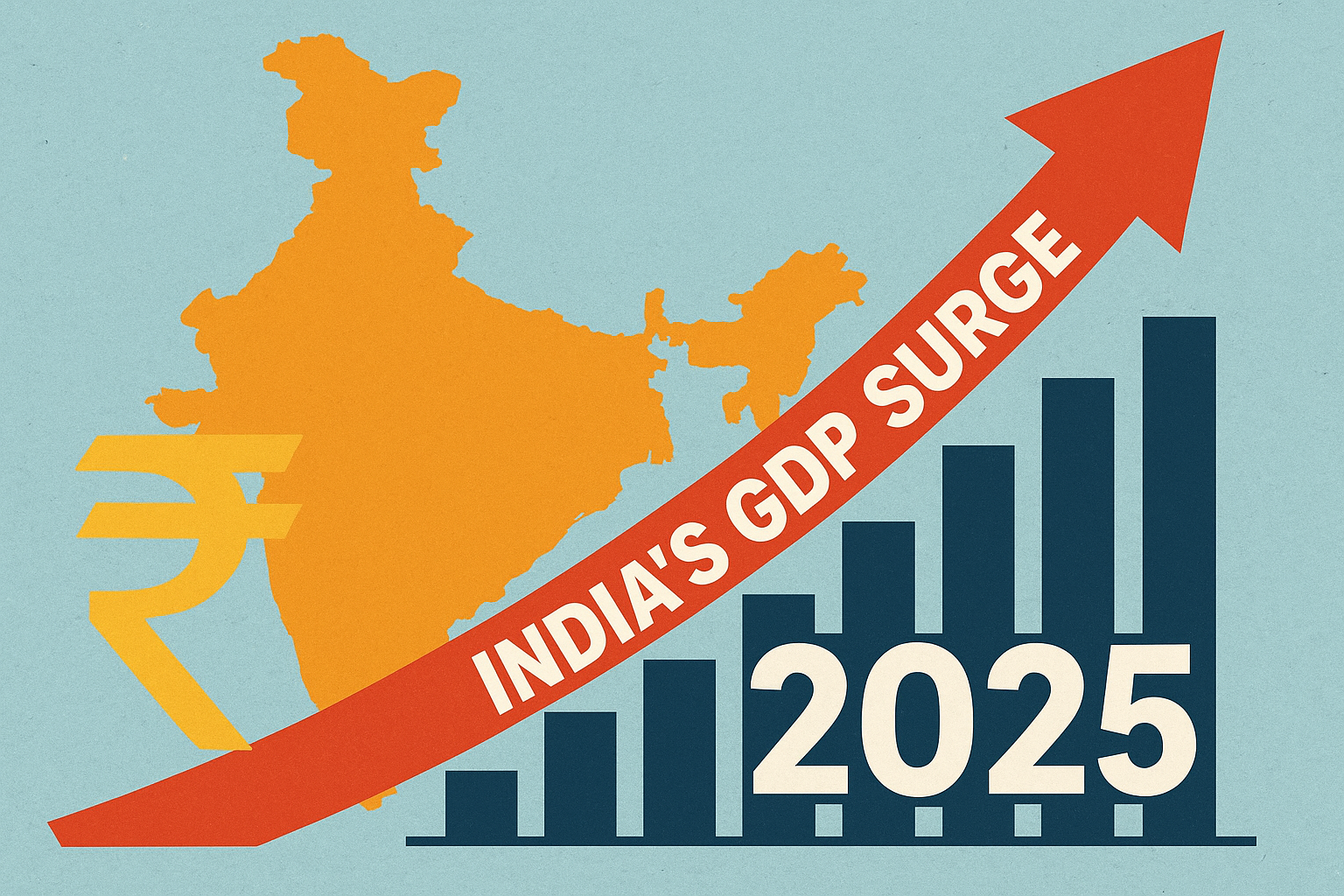Table of Contents
The recent market correction, especially in mid and small-cap company stocks, has left many investors confused. What caused this sudden decline? Is it a temporary dip, or does it signal bigger economic issues? In this blog, we’ll look at the reasons behind the fall in mid-cap stocks and small-cap stocks, what it means for investors, and what might happen.
Understanding Mid and Small-Cap Stocks
Before we explore the reasons behind the recent stock market decline, let us first understand what mid and small-cap stocks are.
- Mid-cap stocks: Theseare shares of companies with a market capital between Rs. 5,000 crore and Rs. 20,000 crore. These companies are usually in a growing stage and they offer a mix of stability like large-cap companies and the scope for growth like small-cap companies.
- Small-cap stocks: These are companies with a market capital of less than Rs. 5,000 crore. While they offer the scope for high growth, they are also more risky. This is because they are more affected by changes in the economy and often have fewer resources to handle challenges.

Reason for Market Correction
In recent times, various factors have led to a major correction in mid and small-cap stocks. Let us have a look at it:
1. Geo-Political Issues
The USA has announced plans to impose reciprocal tariffs on countries with high trade barriers, including India. The decision is expected to impact key sectors like food products, textiles, and apparel, which are significant contributors to India’s exports to the US. In FY2024, the USA was India’s largest trading partner, with total trade in goods reaching USD 119.71 billion. This included USD 77.51 billion in Indian exports, USD 42.19 billion in imports, and a trade surplus of USD 35.31 billion in India’s favour.
2. Profit Booking
Over the past five years, leading up to mid of February 2025, the nifty mid-cap 100 index and the nifty small-cap 100 index have already delivered returns of around 183% and 156%, respectively. Because of these strong gains, many investors consider changing their investment strategies and selling their investments to lock in profits. This is one of the main reasons why these categories of stocks are currently under pressure.
3. Muted Q3FY25 Earnings
Recent company earnings have been disappointing. In the third quarter of FY25, Nifty companies reported only a 5% increase in profits compared to last year. This is the third quarter in a row with slow profit growth, a trend that started in mid-2020. The recent market decline reflects this slowdown, as large companies have seen just 4% profit growth over the first nine months of this financial year.
4. Stretched Valuations
When we look at the Indian market, the overall indexes are a bit overpriced, especially in the small and mid-cap sectors. For example, as of February 2025 mid, the nifty small-cap 100 index is trading at 27 times its earnings, and the nifty mid-cap 100 is even higher at 34 times its earnings. These high valuations are causing some investors, especially large foreign investors, to feel uncertain. As a result, they’re pulling their money out of Indian markets and investing in other emerging economies instead.

5. Foreign Institutional Investors (FIIs) Funds Outflow
FIIs have been withdrawing significant funds from the Indian market In 2024, they sold around Rs. 3.02 lakh crore worth of investments. This trend has continued into 2025, with FIIs selling nearly Rs. 1.2 lakh crore until 17 February 2025. Due to this also there is a major fall in the mid and small-cap stocks.
6. Rupee Depreciation
The Indian rupee has recently hit an all-time low of Rs. 87 against the US dollar on 10 February 2025. Since India relies heavily on imports, this drop in the rupee’s value will make importing goods and services more expensive. Indian companies will have to pay more in dollars for foreign products, which will likely hurt their profit margins. This is because they may not be able to easily pass these higher costs on to consumers.
7. Sector Weakness
In the recent Budget 2025, the government spent less on major sectors like infrastructure and defence. The defence budget was increased by 9.53% to Rs. 6.81 lakh crore, while infrastructure spending stayed the same at Rs. 11.21 lakh crore, with no major boost. This lack of growth in spending has hurt these sectors, and the market has seen a drop in small and mid-cap stock prices, likely because investors are worried about the limited support in the budget.
What Is The Impact On Small and Mid-Caps
Because of the reasons mentioned above, mid-cap and small-cap stocks have been hit hard. If we look at the actual numbers, the nifty midcap 100 index has fallen by 13.42%, and the nifty smallcap 100 index has dropped by 17.81%.
Small and mid-cap stocks tend to react more sharply during market downturns compared to large-cap stocks. However, the opposite is also true, they tend to grow much faster when the economy is doing well.

What can the Investors Do
During market ups and downs, lower stock prices create opportunities for strategic investing, even though uncertainty may be concerning. Focusing on reliable companies with steady growth and strong financials can help build wealth over time. Investing fixed amounts regularly helps manage risk by averaging purchase prices. Additionally, diversifying across different asset types provides protection during market declines.
Over a longer time period, mid and small-cap funds have given healthy performance and have maintained a CAGR of above 15% over the past five years. These funds may experience short-term uncertainty due to market fluctuations and expected risks associated with smaller companies, but their long-term potential remains promising.
DISCLAIMER: This article is not meant to be giving financial advice. Please seek a registered financial advisor for any investments.
- Make in India 2.0: How Manufacturing Is Reshaping Market Sentiment - December 13, 2025
- Real Estate Boom : Why Tier-2 Cities Are Attracting Big Investors - December 12, 2025
- India’s GDP Surge 2025: What the New Growth Numbers Mean for Markets - December 9, 2025





